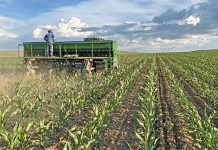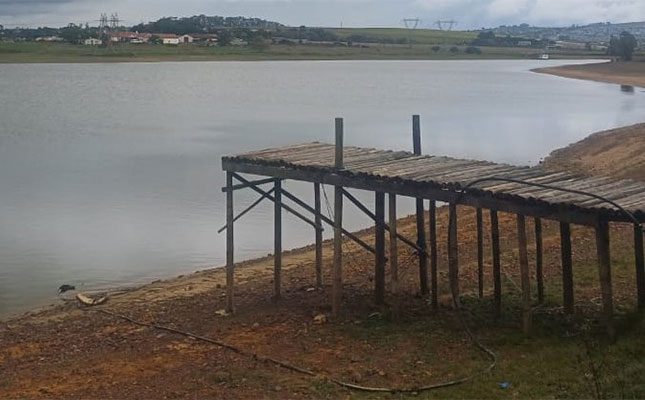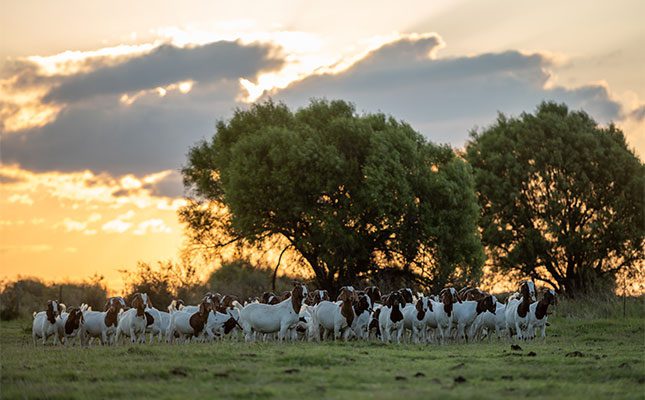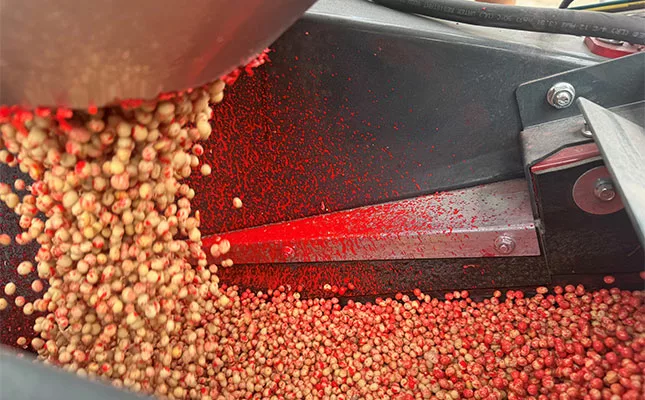
Photo: Magda du Toit
With the soya bean planting season approaching, farmers are looking for cost-effective solutions to give their plants a good start. But they need not look far, as a new option is within reach.
Syngenta Seedcare, in collaboration with KSi in the US, is making seed treatment applicators available through selected distribution partners in South Africa’s soya bean production areas.
One of Syngenta Seedcare’s products, Cruiser Ultimate – powered by Atuva Bold and backed by the proven track record of products such as Apron XL, Celest XL, and Cruiser – is available for treating soya bean seed before planting.
Cruiser Ultimate provides comprehensive protection for seed and seedlings. Its all-in-one liquid formulation, Atuva Bold, combines Osmo Protection and Bio-induction technologies in a convenient on-seed inoculant for soya bean. It triggers early nodulation, maximising biological nitrogen fixation and helping to protect yield under stressful growing conditions.
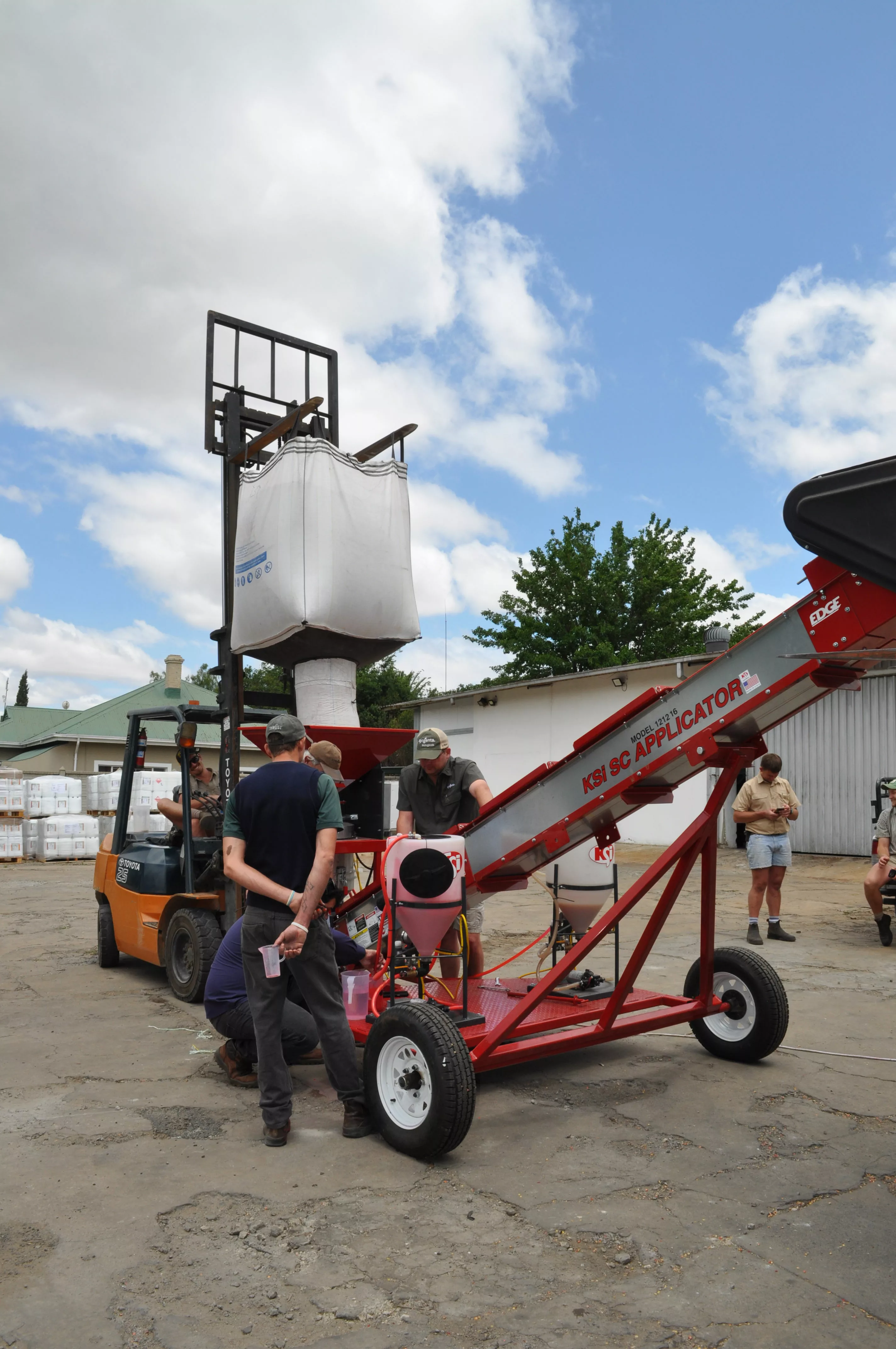
Application methods
According to the seed treatment industry, inoculants can be applied to seed using three methods:
- Tank mix: the inoculant is mixed with the seed treatment in a single tank and applied as a solution.
- Wet sequential: the inoculant and seed treatment are applied from separate tanks simultaneously.
- Dry sequential: one product is applied and allowed to dry before the second is applied.
However, Jurgens Minnaar, Syngenta Seedcare business manager in South Africa, stressed that the company only uses the wet sequential method.
“Correct slurry preparation forms the basis of accurate seed treatments. All products must be mixed in the proper ratio based on an average seed count to ensure the active ingredients are applied to the seed at the proper loading rate.
“We provide tools that calculate the appropriate amount of each individual product that must be mixed into the slurry to achieve accurate loading. The calculators we provide are for Syngenta Seedcare products. It is of the utmost importance to strictly follow the instructions on the product labels,” he explained to Farmer’s Weekly.
Overtreating is often a problem with huge financial implications. But why overtreat when the exact amount of product can be applied effectively?
Precise, cost-effective seed treatment
According to Steve Huber, director of global sales at KSi, the KSi SC Applicator can condition high volumes of seed at pinpoint accuracy, making it cost-effective for farmers.
“We calibrate the treater and fine-tune the accuracy of the treatments to ensure the correct amount of active ingredient is applied,” he added.
He said the system provides ultimate flexibility for operations requiring tailored application recipes and careful handling of high-value crops.
“The ELA Treater, which utilises our patented KSi SC Applicator design with a KSi static mixing belt conveyor, offers a compact, economical, and easy-to-use seed treatment option.”
This seed treater unit is available at Novon Protecta in Heilbron in the Free State, one of Syngenta Seedcare’s trusted partners. According to Minnaar, a total of three of these units are available at selected industry partners.
Apart from soya bean, the unit can also be used to treat the seed of other row crops, including maize, wheat, and groundnuts.
“We are confident that the relationship with Syngenta Seedcare and KSi will enable us to improve our service for our farmer clients. After calibration, the treater is accurate to the millilitre, ensuring the exact amount of the active ingredients is applied to the seed.
“We can also mix Cruiser Ultimate with the biological product Atuva Bold to the exact ratio, saving farmers money by reducing overapplication and improving seed coverage by eliminating underapplication,” Johnny Claassen, owner of Novon Protecta Heilbron, said.
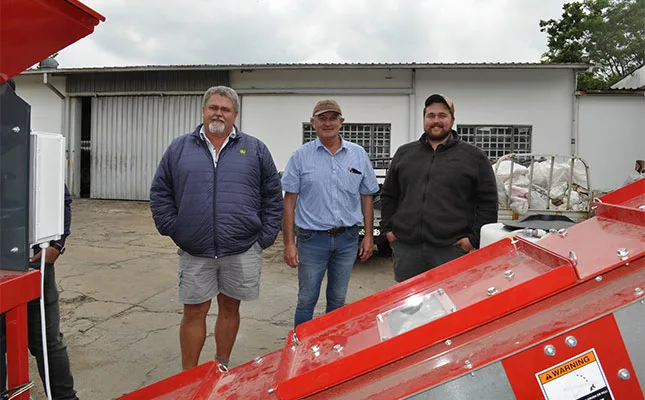
Huber explained that the seed drops from the hopper onto a spinning disk before landing on a conveyor belt, where it rubs together, ensuring the entire seed surface is coated.
According to Eben Claassen, who runs the Novon Protecta Heilbron agency with his father, one of the added benefits is that the machine automatically switches off when the bulk seed bag runs empty.
He added that the speed at which the treatments can be done means they will have increased capacity to help farmers with treating their seed before planting starts in earnest.
Abrie Pretorius, who farms on Brinelda in Heilbron, said he was impressed with the accuracy of the seed coverage and the speed of application.
“I could see that the seed was thoroughly covered without receiving an overapplication. One of the main benefits, however, is the gentle way in which the seed is handled. I didn’t see any breakages or split kernels, which is a huge advantage,” he explained.
Thabo and Johan Strydom of L & T Boerdery, one of the area’s largest soya bean producers, said they felt confident that, with the speed of application, they could plant their 3 000ha of soya bean as soon as conditions allowed.
“In addition, we can already see the benefit of more accurate application of the active ingredients. We will reduce unnecessary double seed treatment applications, which means better profitability at the end,” Thabo said.
For more information email Yolandi Furniss at [email protected], or visit syngenta.co.za or ksiedge.com.



